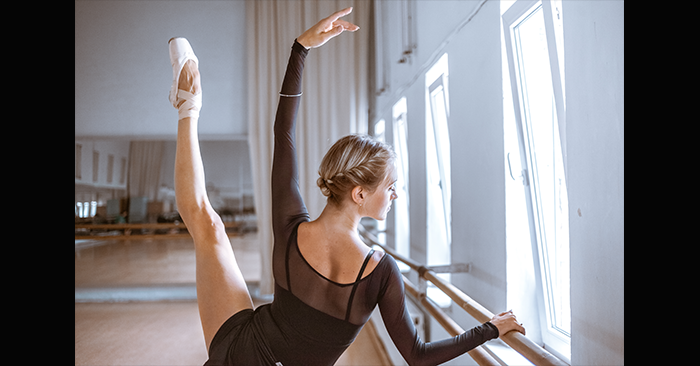Dance is a medium for expressing yourself, and as a teacher you have the freedom to push your creativity to the limit through choreography. There’s two sides to choreographing recital pieces for your classes: the side that challenges your students but also recognizes the limits of their skill level, and the side that lets your personal ideas dance across the stage. Finding the perfect balance is no easy task, but with the right approach and genuine love for the art, you’ll put together a piece that your dancers and audience will love.
Different Ways of Learning
There’s an idea in the educational world that people learn best in different ways, whether it be visually, mathematically, musically, or verbally. For dancers, one big educational approach that fits the nature of the art is physical learning. Dancers can remember long routines by being very in tune with the movement of their bodies, and tie in musical ability to keep their movements right on time. As a choreographer, you have the unique ability to dictate those movements and create a physical narrative for dancers to follow and repeat on stage.
Use Music and Improvise
So, what do you want your story to say? There’s a chicken-or-egg question to be asked here: do you start with music, or do you fit music to the movements you see in your head or feel in your body? There’s no right answer. Every choreographer has a different way of putting a piece together, and not every piece will be created in the same way.
One means of expressing yourself and tapping into your inner choreographer is to improvise. Put on a musical piece that you like, or a musical piece you’ve danced to before, and let yourself fit your body movements to the narrative of the song.
When jazz musicians improvise, they feel the structure of the song and then find a way to fit their personal ideas on top of that structure. In the same way, improvising dance lets you experiment with different movements and in different spaces that feel right in the moment.
Be Reflective
Just like many people reflect on their day through a diary or video blog, choreography is an opportunity to take your personal emotions and ideas and express them through a new medium. Maybe you’ve already picked a theme for your recital: what kind of tone will your theme have? Do your younger dancers work on routines that reflect positivity and growth? Do you dig deeper and have your older dancers perform a more thoughtful or intense piece? Don’t be afraid to push your dancers and expose them to different kinds of works. Actors have changing roles, and classical musicians play different symphonies. As dancers progress in their personal careers, they need to have exposure to different emotional elements in dance.
No matter the route you take, use choreography as an opportunity, not a requirement for the season. Let yourself experiment with moves, fit bodies to the narrative of the music you choose, and pour your heart and soul into the piece for the best result possible.


